A safer therapeutic option for patients

Cleveland Clinic is a non-profit academic medical center. Advertising on our site helps support our mission. We do not endorse non-Cleveland Clinic products or services. Policy
Laryngopharyngeal reflux (LPR), also called extraesophageal reflux, is a common but sometimes difficult-to-treat condition frequently seen by otolaryngologists and gastroenterologists. The common manifestations of LPR comprise a broad range of symptoms, including hoarseness, throat clearing, chronic cough and a sensation of a lump or phlegm in the throat. Patients are typically treated with a combination of dietary and lifestyle modifications as well as acid suppressants. Antireflux surgery is not as successful for LPR patients as it is for those with classic gastroesophageal reflux disease (GERD) and regurgitation.
One particularly disturbing aspect of LPR is the way it can interrupt sleep. The nocturnal symptoms of LPR can be difficult to treat in cases that are refractory to standard treatment. At the Head & Neck Institute, we are able to offer these patients hope for a simple and effective means of achieving comfortable sleep.
We are investigating the expanded use of a sleep positioning device, the MedCline™ Reflux Relief System that has been shown to significantly alleviate the symptoms of nocturnal GERD. The use of this positional therapy device (PTD) — essentially an elevated body pillow — is also successfully quelling symptoms in hard-to-treat patients with nocturnal LPR. Cleveland Clinic was one of the first institutions to study this device and offer it to patients.
Now the author and Michael Benninger, MD, Chair of Cleveland Clinic’s Head & Neck Institute, along with speech pathologist Claudio Milstein, PhD, are working in collaboration with gastroenterologist Scott Gabbard, MD, of Cleveland Clinic’s Digestive Disease Institute to expand Dr. Gabbard’s clinic research in the MedCline Reflux Relief System to patients with LPR. While recent studies showed that the use of this PTD significantly reduced the typical symptoms of GERD, it had not been previously studied in LPR patients.
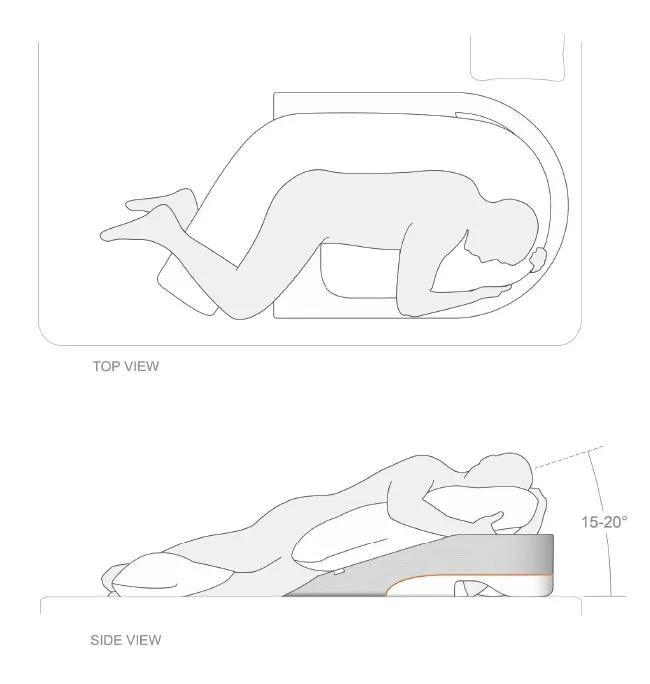
Figure 1. Illustrations show the configurations of the patient and the PTD during sleep. (Image used with permission from MedCline)
We conducted a study of 23 LPR patients at Cleveland Clinic as they used the two-component PTD, which consists of a wedge-shaped base and a lateral positioning body pillow (Figure 1). Patients slept with the device at least six hours per night for 28 consecutive nights. The group completed the Nocturnal Gastro-oesophageal Reflux Disease Symptom Severity and Impact Questionnaire (N-GSSIQ) and the Reflux Symptom Index (RSI) after two and four weeks of PTD use.
The N-GSSIQ and RSI responses revealed that LPR patients reported significant improvement over baseline — in some cases as much as 75 percent — in symptoms of general nocturnal reflux and nocturnal LPR (Figure 2). At the 4-week mark, patients also reported feeling less worried about their health. The strength of these results supports a strong benefit in using the PTD device in patients with nocturnal LPR (manuscript submitted for publication).*
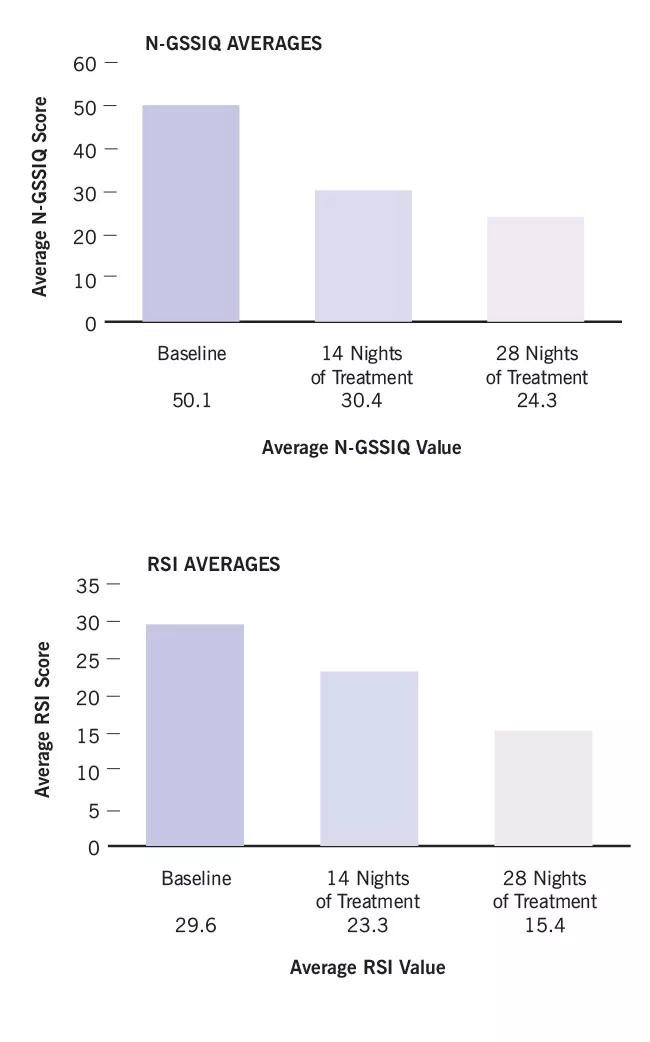
Figure 2. Charts show the decline in mean N-GSSIQ and RSI scores over the course of the study.
The sleep positioning device treats reflux at night via two mechanisms: it elevates a patient’s torso and head during sleep, and it positions patients on their left side, the side on which the esophagus is located. Both of those factors have been shown to independently reduce reflux symptoms during sleep. When combined, their effect is synergistic.
MedCline offers several different versions of this PTD, including a new form-fitting body positioning pillow that has not yet been studied. The various MedCline devices are available for purchase through some insurance companies, although coverage varies according to individual providers. No prescription is required to purchase this pillow, although Cleveland Clinic will provide one if an insurance provider requires one.
The author and Drs. Benninger, Milstein and Gabbard are enthusiastic about the new treatment for nocturnal LPR. “Clearly, we feel this is going to be a much safer option than surgery, and very likely more cost-effective,” says Dr. Gabbard. “The data show that it is very effective for heartburn, regurgitation and now LPR symptoms.”
Anecdotally, researchers have learned that several patients who had been considering surgery for reflux were able to avoid it or to forgo medications and extensive testing as a result of the PTD system.
Our hope is that with this device, we can help some patients avoid pursuing surgery for their reflux, and help some patients avoid the need for further specialized investigations, such as endoscopy and pH testing.
Dr. Bryson is Director of the Voice Center and Section Head of Laryngology in the Head & Neck Institute.
*Will Tierney, MD, a first-year otolaryngology resident, assisted with this study when he was a student at Cleveland Clinic Lerner College of Medicine.
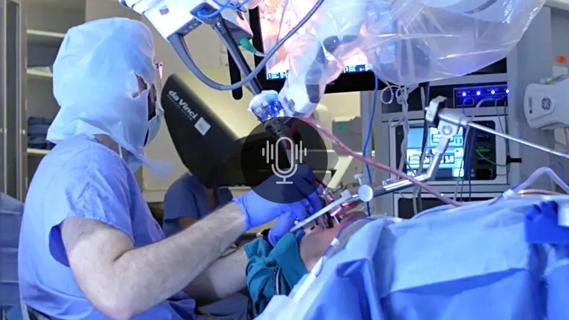
A new single-port system well-suited for oropharyngeal cancer treatment

A reduction in the number of incisions for implantation simplifies the procedure and improves patient experience

An answer may be seen by looking at the teeth
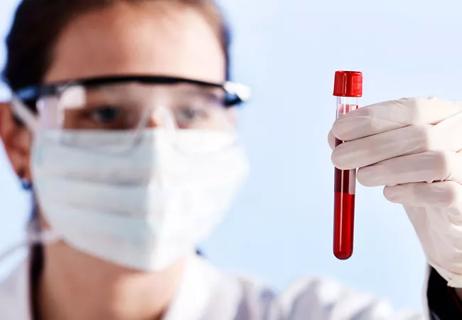
How advanced blood testing is changing treatment paradigms
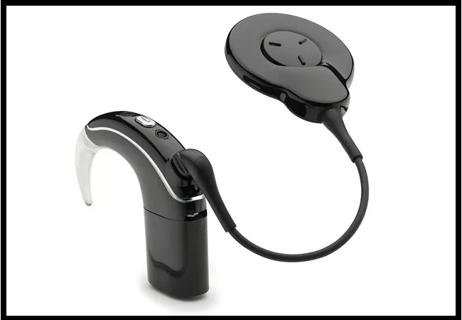
Hearing implant program continues to grow

Study compares hearing aids and combination devices

Rapid recoveries and positive outcomes underscore the value of this operation